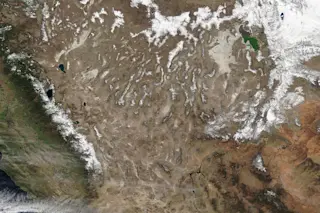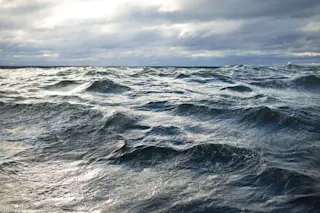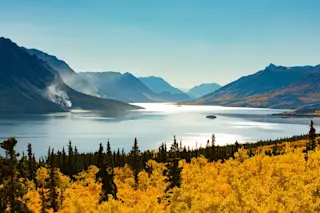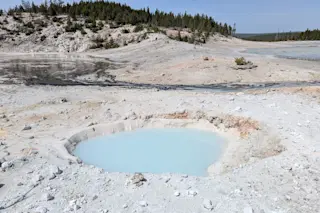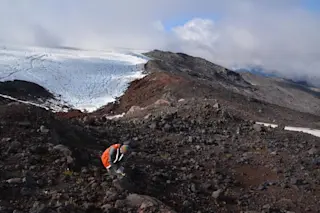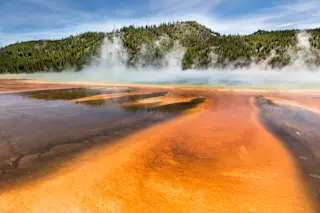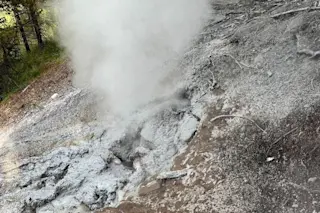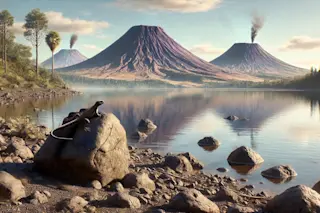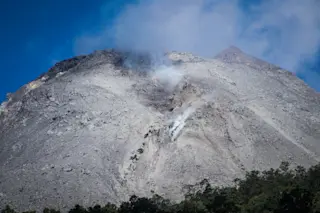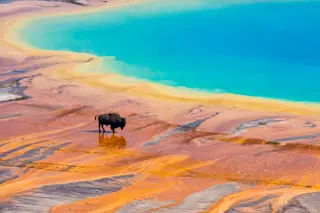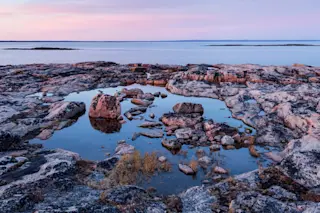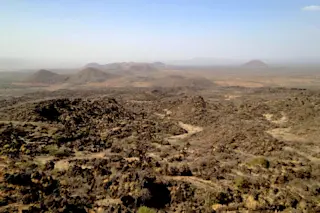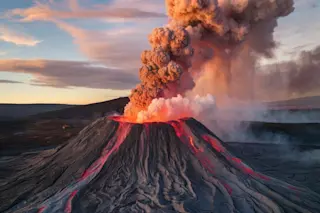During mid-March, the Western U.S. was shaken by two earthquakes in what might seem like unexpected places. The first was an M5.7 earthquake just outside of Salt Lake City (followed by an M4.5 aftershock) and then an M4.5 temblor hit outside of Reno and Carson City, both in Nevada. These earthquakes were felt by many people around these cities, but luckily resulted in no deaths or injuries. Some of the older structures in Salt Lake City were damaged by the shaking. So why was Earth shaking in the middle of the Western U.S.?
This whole region is known as the Basin and Range. Anyone who has driven across states like Nevada and Utah might be able to imagine why. The landscape alternates from west to east from tall mountain ranges to wide, flat valleys. This shows up on topographic maps as the "marching caterpillars" of the Great Basin.
Shaded relief ...


